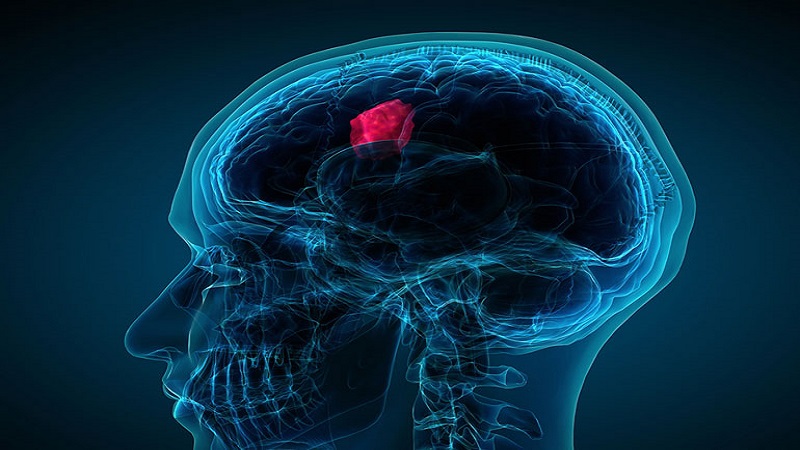
According to research, the cancer-causing Epstein Barr Virus (EBV) can infect neuronal cells and alter the biomolecules of fatty acids, carbohydrates, and protein building blocks, causing both central nervous system disorders and brain cancer. It has been discovered that the EBV virus is widely distributed among humans. Although it normally doesn’t affect anyone, PIB reports that the virus can reactivate inside the body under some rare circumstances such immunological stress or immunocompetent.
This may further lead to various complications like a type of blood cancer called Burkitt’s lymphoma, stomach cancer, multiple sclerosis, and so on. Earlier studies provided links to EBV involvement in various neurodegenerative diseases. However, how this virus can affect the cells of the brain and manipulate them is still unexplored.
In order to investigate the potential effects of a cancer-causing virus on brain cells, a research team from IIT Indore used the Raman microspectroscopy technique, financed by the Department of Science and Technology (DST) under the FIST scheme. The Raman Effect-based method is an easy, affordable instrument for detecting delicate chemical alterations in biological material. The research, which was published in the journal ACS Chemical Neuroscience, demonstrated that under the influence of viruses, numerous biomolecules in neuronal cells may undergo prompt and gradual alterations. Furthermore, these modifications were distinct from those seen in other supporting brain cells (that is, astrocyte and microglia).
According to PIB, the researchers noticed that under the effect of the virus, the molecules of fat, cholesterol, proline, and glucose rose in the cells. These biomolecular components might ultimately be crucial in the viral invasion of cells. The study also shed light on whether neurological problems and virus-related effects can be connected to these biomolecular changes. Dr. Hem Chandra Jha remarked, ‘The research work contributes to the understanding of EBV-mediated biomolecular alterations in the different compartments of the central nervous system, leading to a better understanding of nervous system illnesses.’
Professor Rajesh Kumar pointed out that the study is also helpful in establishing the advantages of Raman microspectroscopy, a cost-effective and non-invasive technique, in carrying out studies on virus-associated cellular complications in clinical settings. It could provide an upper hand in analysing clinical samples in comparison to other techniques, which require advanced setups for studying the virus-associated changes in cells, tissues, and organs.

Post Your Comments